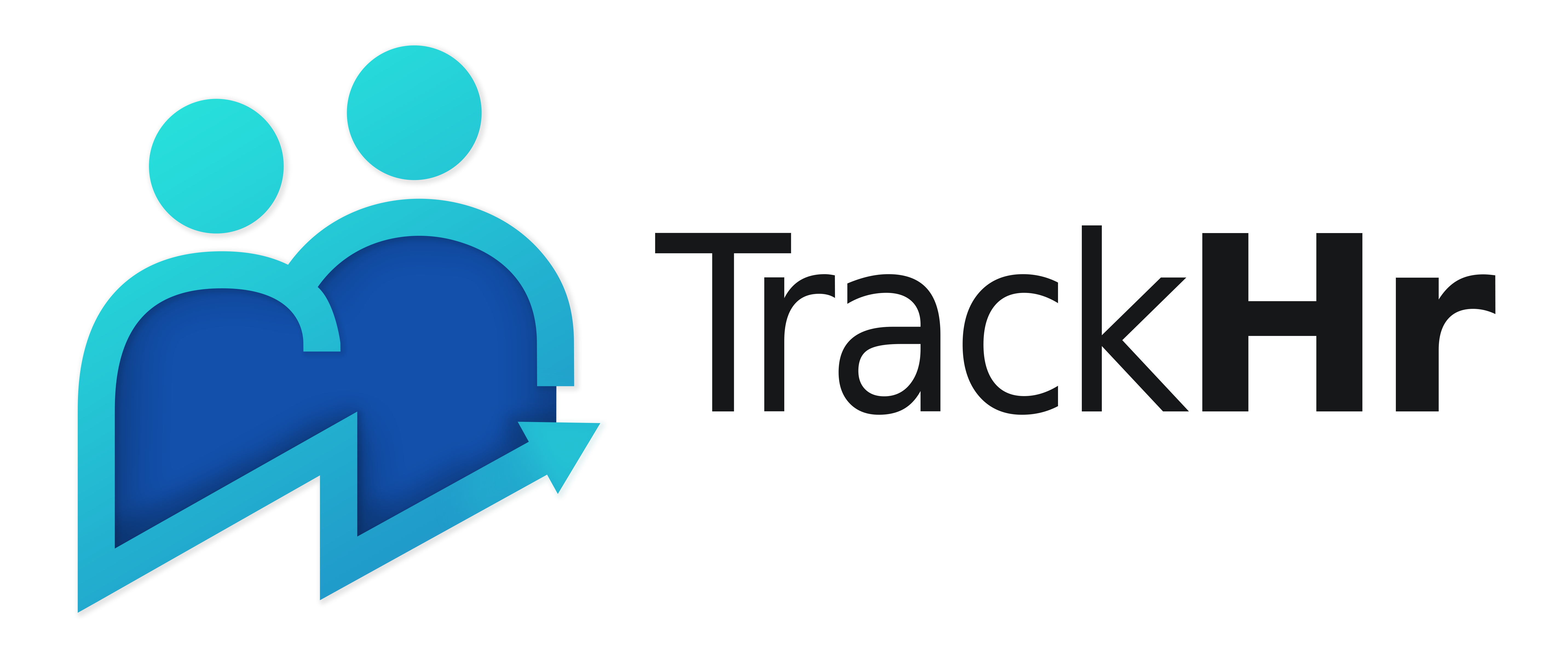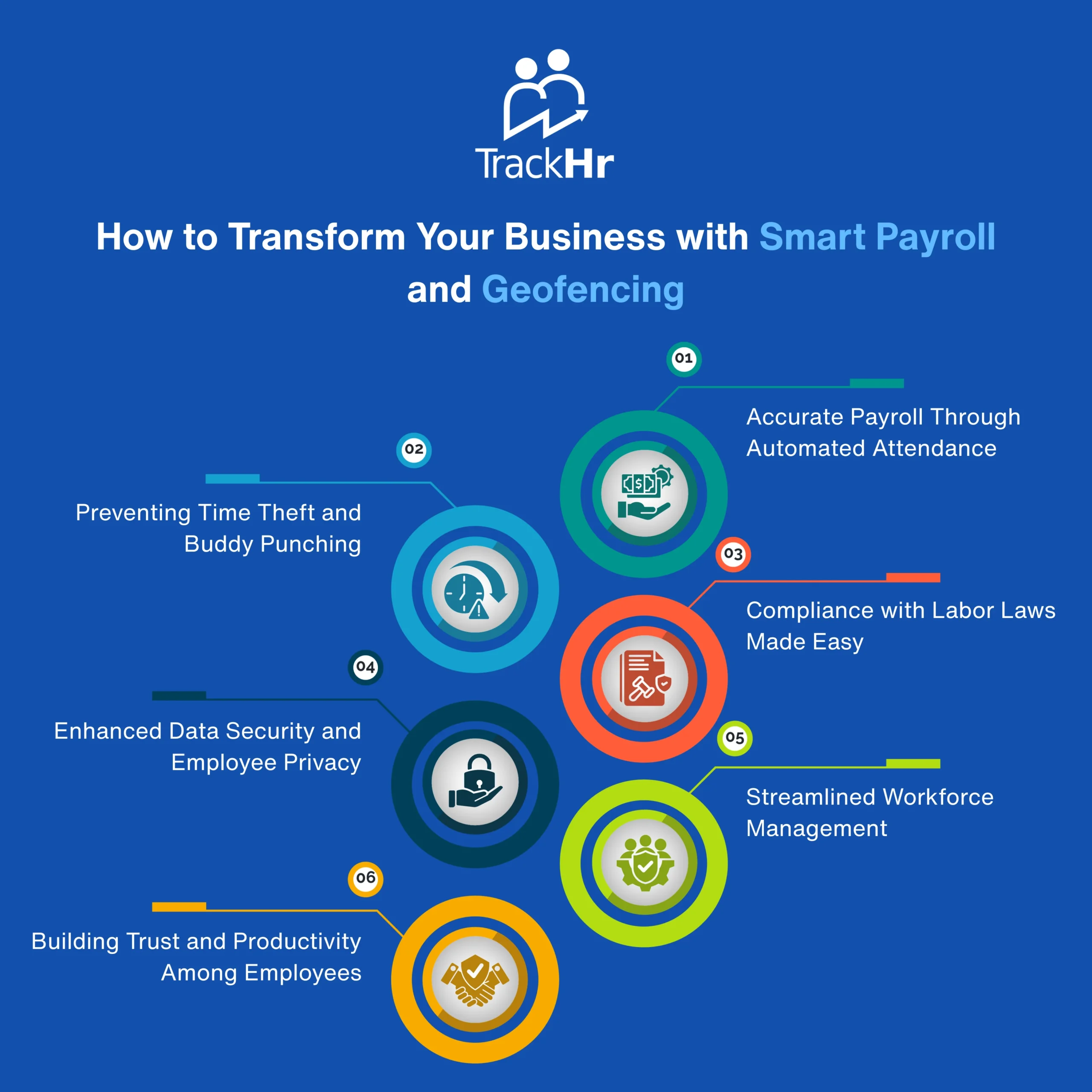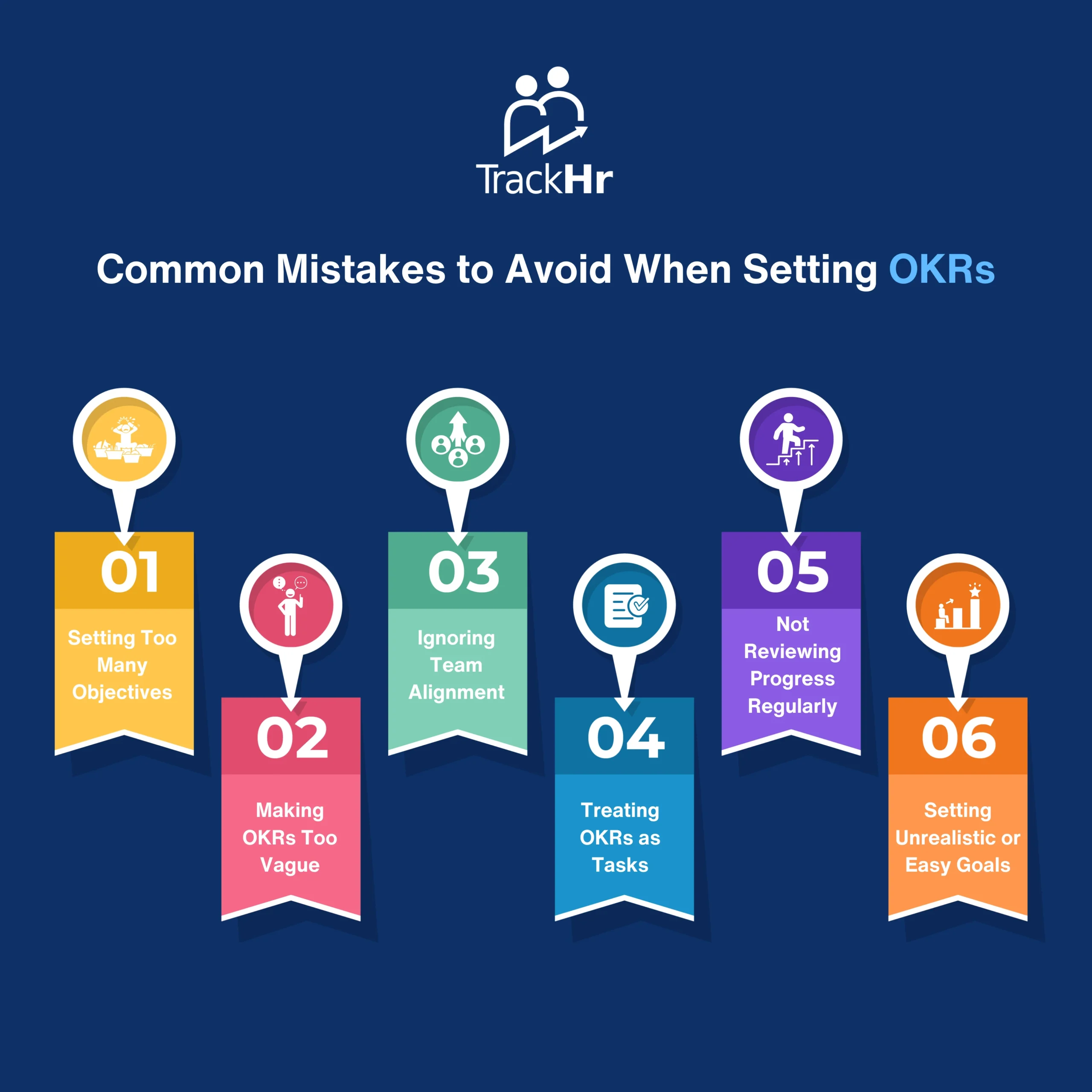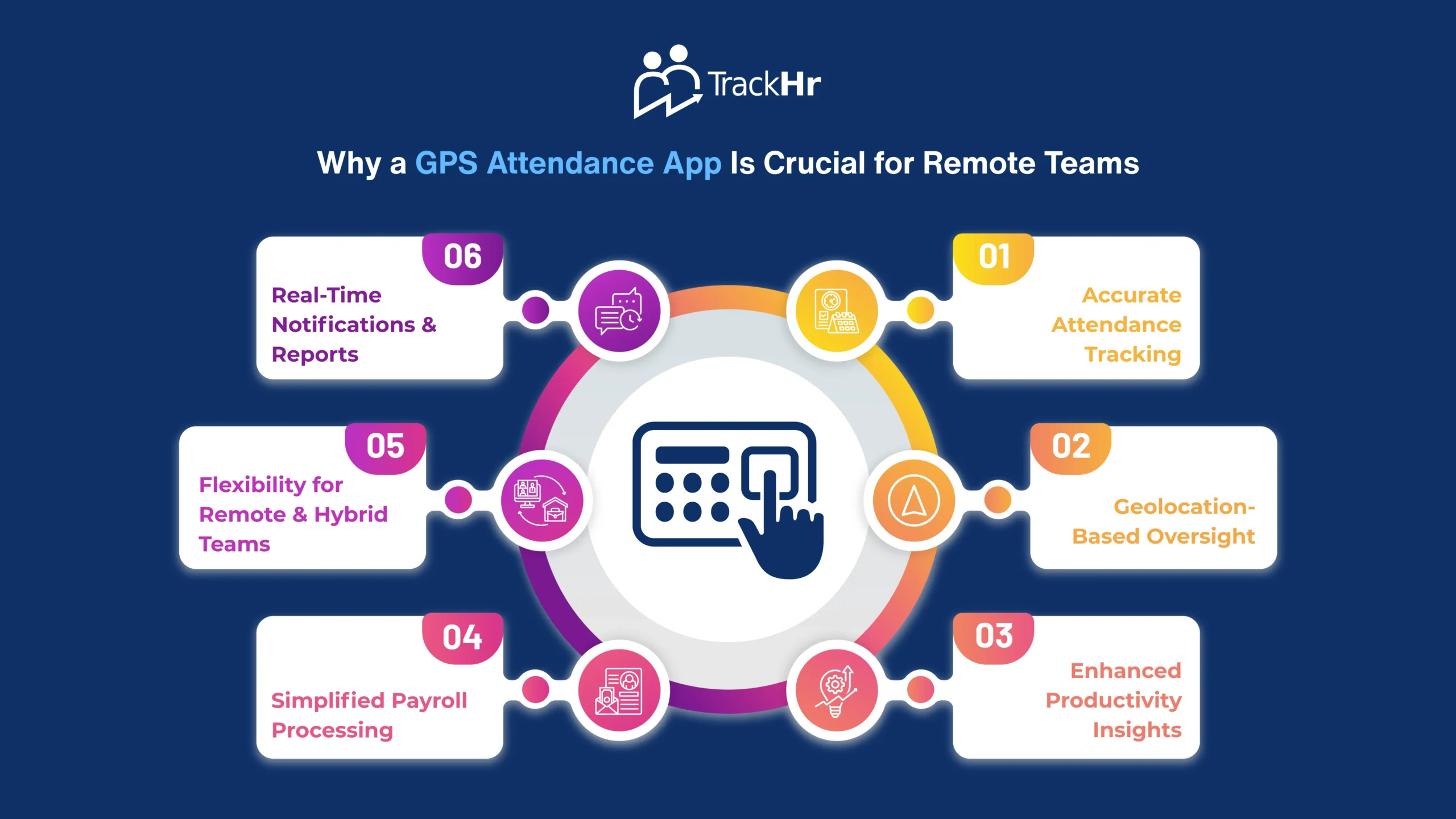Blog
Manual vs Automated Expense Management: A Cost Comparison
- July 11, 2025
- 12:32 pm
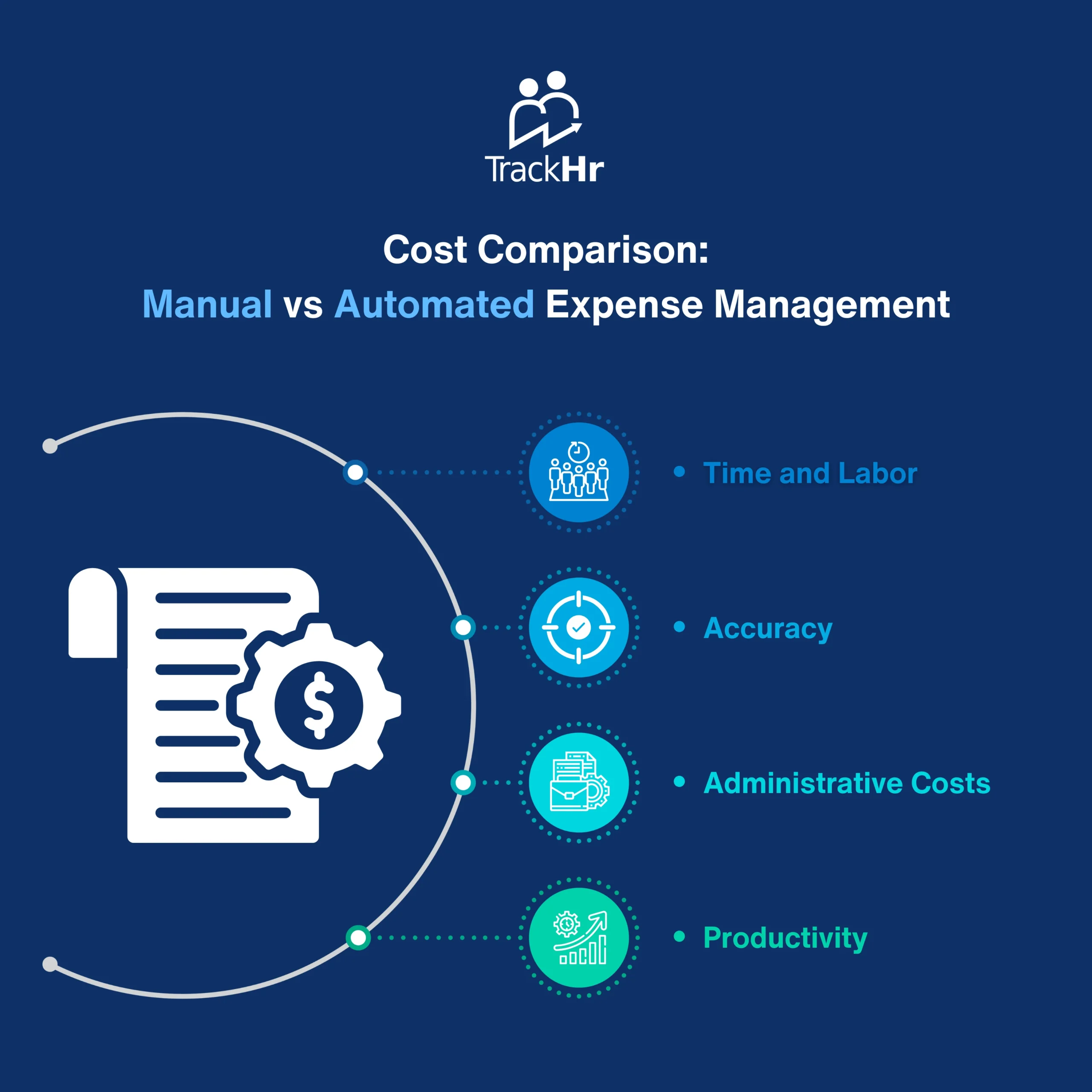
To achieve accuracy in the management of money, it is important that the expenses incurred by the business are maintained. Nevertheless, those companies that are relying on ancient and manual procedures might be incurring the hidden expenses in time, inaccuracy, and lack of efficiency. This blog will show the comparison of manual vs automated expense management explaining why the trackHr App will provide businesses with time, cost, and compliance savings.
Manual Expense Management: Time-Consuming and Error-Prone
Sales are done using manual methods which are done via spreadsheets, physical receipts, and approving the trip via email. These models might look economical, yet they have a significant setback:
- Human Errors: Wrong information entered or receipts missed
- Slow Payments: Accounting procedure takes time
- More work: More work on the HR and finance teams
- Visibility: Analysis of spending trends is difficult
- Compliance problems: Difficult to monitor violations of policy or develop audit-friendly reports
Automated Expense Management with TrackHr App
This is because the TrackHr App provides an automated expense management solution which comes with features such as:
- Uploading receipts using a phone
- Expense Types and authorization schemes
- Rule settings and policy enforcement
- Real-time tracking and reporting
- TrackHr Payroll and attendance integration
- Actionable smart dashboards
Using these tools, employees may file claims in a few seconds, managers get it approved immediately, and finance teams get the whole visibility.
Cost Comparison: Manual vs Automated Expense Management
1. Time and labor
- Manual: The workers take too much time to make expense lists and post them manually
- TrackHr: Automation on submissions, approvals, and reimbursement, saves 3-5h every week per user
2. Accuracy
- Manual: Likely to have duplicates and errors during calculations
- TrackHr: Auto validation clears out duplication and shows policy violations
3. Administrative Costs
- Manual: Needs paper-based storage, emails, follow-up and physical audit
- TrackHr: Electronification of records, a central dashboard, and a report that is audit-ready saves on admin costs
4. Productivity
- Manual: Sluggishness and inefficiency affect morale and monetary Q&A
- TrackHr: The ability to get reports in real time increases transparency and job satisfaction
Why TrackHr Is the Smarter Choice
TrackHr is not the typical set of tools in that it is customized to grow together with a team and Indian small or medium-sized businesses. It combines:
- Tracking of expenses
- Management of attendance
- Schedule of leaves and shifts
- Automation of the payroll
…everything on one platform with no data silos, no software sprawls.
Real Business Impact
Those companies that turn to automated solutions such as TrackHr report:
- Reimbursement cycles reduced by 50 percent
- Reductive errors in the expense reports of 70 percent
- 30 percent cut in administrative labor
This is equivalent to thousands of rupees in savings per employee every year.
Conclusion
The manual vs automated expense management comparison is also evident: not only will automation using the TrackHr App help increase the accuracy, but it will also save a lot of time and expenses. Adopting automation will be the only intelligent move companies can make, especially when incurring manual finance costs that reduce efficiency in workflow.
Table of Contents
Exhausted from managing performance management manually?
